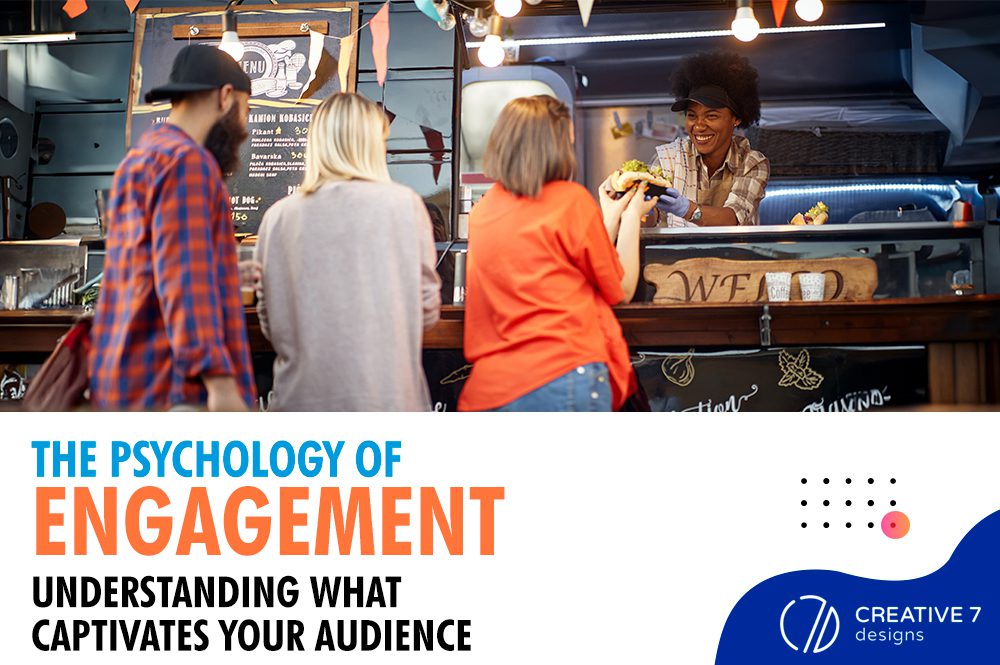Overview: Standing out in a saturated marketing landscape requires a unique mechanism. Explore the psychology of engagement in this blog to discover the secrets of captivating your audience and rising above the crowd!
Read on to learn more!
Engagement is the Holy Grail of content creation, marketing, and communication. Whether you’re a blogger, a marketer, or just someone trying to capture the attention of your friends in a conversation, understanding the psychology of engagement can be a game-changer.
Easier said than done, capturing and maintaining the attention of your audience is a formidable challenge. With the constant barrage of information, advertisements, and distractions, it’s more important than ever to understand the psychology of engagement.
So what makes people stop scrolling and start paying attention? Why do some stories go viral while others languish in obscurity?
Today, we’re going to look into the fascinating world of human psychology to uncover the secrets of what captivates your audience.
Let’s get started!
The Basics of Human Attention
Before diving into the psychology of engagement, it’s crucial to grasp the basics of human attention. Our attention is a finite resource, and it can be easily depleted. The brain automatically filters out information that it deems unimportant, allowing us to focus on what’s most relevant. This “selective attention” is the first hurdle to overcome when trying to captivate an audience.
Do we have some factors that may influence and encourage engagement? We sure do!
Relevance: People are more likely to engage with content that is relevant to their interests, needs, and desires. The more closely your content aligns with your audience’s values and aspirations, the more engaged they will be.
Consistency: Consistency in your messaging and content delivery is crucial for building trust and maintaining engagement. Your audience should know what to expect from your brand or platform. When they can rely on the quality and relevance of your content, they’re more likely to remain engaged over time.
Measuring and Adapting: To understand what captivates your audience, you must rely on data and analytics. Track engagement metrics like likes, shares, comments, and click-through rates. Analyze what works and what doesn’t, and adapt your strategy accordingly. A data-driven approach will help you fine-tune your content to maximize engagement.
The Brain’s Love for Stories
One of the most powerful tools for engaging an audience is storytelling. The human brain is wired to love stories. When we hear a story, it activates not just our language processing areas but also the parts of the brain that would activate if we were experiencing the events ourselves.
This means that when you tell a compelling story, your audience is right there with you, experiencing the emotions, and connecting with your content on a profound level.
When you’re creating content, whether it’s a blog post, a video, or a social media update, consider framing your message in the form of a story. Stories have a beginning, middle, and end, and they provide a structure that guides your audience through your content. They create an emotional connection and keep your audience engaged from start to finish.
>> Related Reading: The Neuroscience of Storytelling
Emotions Drive Engagement
Emotions are the fuel that powers engagement. We are more likely to engage with content that makes us feel something – whether it’s joy, anger, surprise, or sadness. Emotions are what make a story memorable and shareable.
Think about some of the viral content you’ve seen. It probably triggered a strong emotional response, right?
As a content creator, it’s essential to understand the emotional triggers that resonate with your audience. Know your audience’s pain points, desires, and values, and create content that speaks directly to their emotions. Are they worried about their health? Excited about a new product? Angry about an injustice? Tapping into these emotions will help you create content that resonates and captivates.
Here is your guide on >> Emotional Advertising: Main Triggers and How They Apply to Landing Pages
The Power of Curiosity
Curiosity may have killed the cat, but it’s also the reason humans have achieved incredible feats. We’re naturally wired to seek out new information and solve puzzles.
Curiosity is a potent driver of engagement because it compels us to click on that intriguing headline, read that mysterious article, or watch that “you won’t believe what happens next” video.
To captivate your audience, pique their curiosity. Use intriguing headlines, pose thought-provoking questions, or create a sense of mystery around your content. When your audience feels that they’re about to uncover something valuable or surprising, they’re more likely to stay engaged.
Related Reading: The Power of Curiosity in Marketing
Building Trust
Trust is the foundation of engagement. People engage with content they trust. If your audience doesn’t trust you or your brand, it’s unlikely they’ll give you their time and attention — the wallet comes quite later.
Building trust takes time and consistent effort. Here are some strategies to consider:
Authenticity: Be yourself, and be transparent. Authenticity builds trust because people appreciate real, genuine interactions.
Consistency: Regularly deliver high-quality content. When your audience knows they can rely on you for valuable information or entertainment, they’ll keep coming back.
Credibility: Back up your claims with data and cite reputable sources. Show that you’ve done your homework and can be trusted to provide accurate information.
The Role of Visuals
Humans are highly visual creatures. The brain processes visual information faster and more effectively than text. Eye-catching visuals, whether it’s a striking image, an infographic, or a well-designed video, can significantly enhance engagement. They not only make your content more attractive but also help convey complex information in a digestible format.
Incorporate visually appealing elements into your content to make it more engaging. Use relevant images, charts, and videos to complement your text. This not only makes your content more engaging but also easier to understand.
The Art of Interactivity
Engagement isn’t a one-way street. Interaction is key to keeping your audience captivated. Encourage your audience to participate by asking questions, running polls, and inviting comments and feedback. This creates a sense of involvement and investment in your content.
Moreover, responding to comments and engaging in conversations with your audience shows that you value their input. This, in turn, can build a loyal and engaged community around your content.
In Summary
Remember, the key to engagement is not just about attracting fleeting glances but forging deep connections. When you understand what captivates your audience on a psychological level, you’re better equipped to create content that resonates, inspires, and drives action.
So, the next time you’re crafting a blog post, recording a video, or even chatting with friends, consider the psychology of engagement to make your message truly captivating.
Ready to captivate your audience like never before? Join forces with our marketing agency, aka, Creative7Designs today, and let’s unleash the power of engagement together!
Let’s make your brand the talk of the town!


